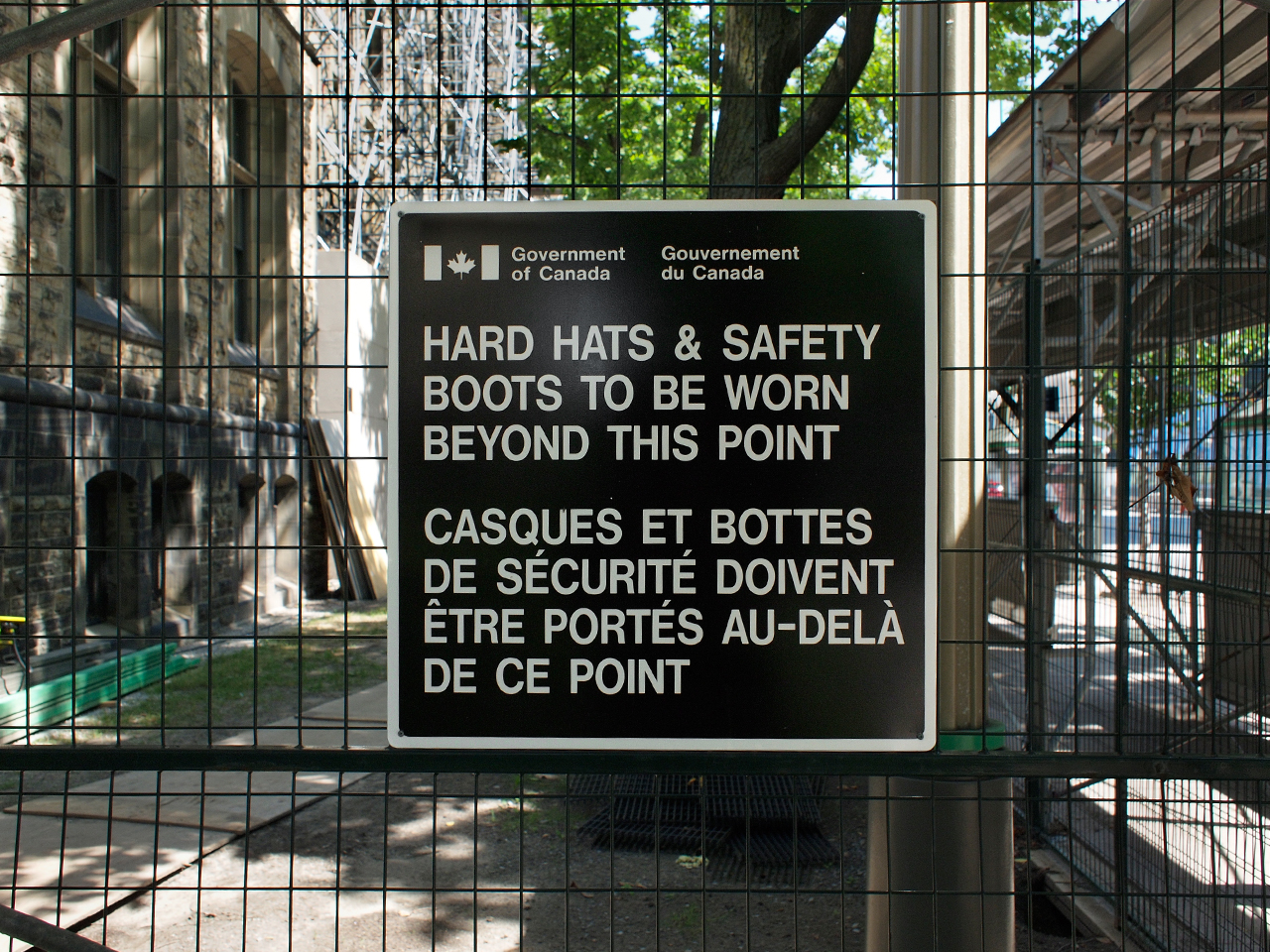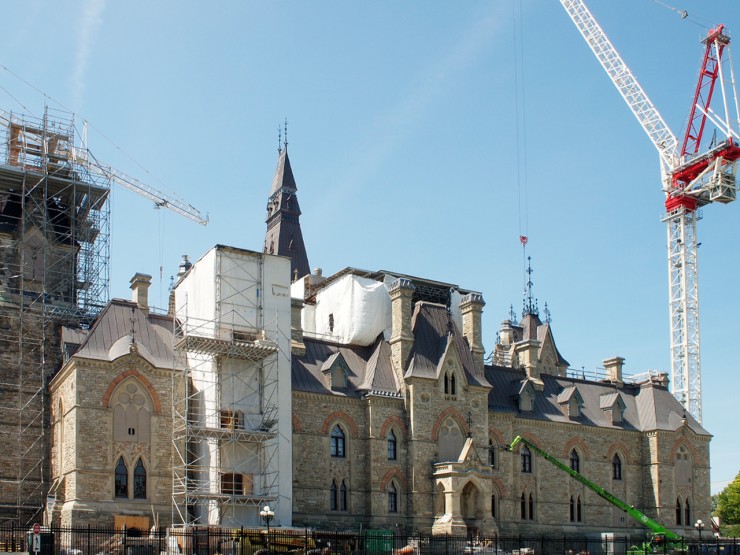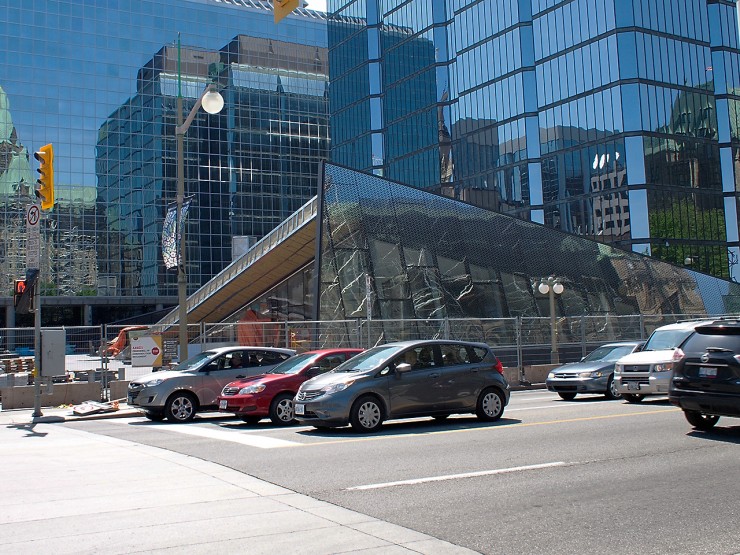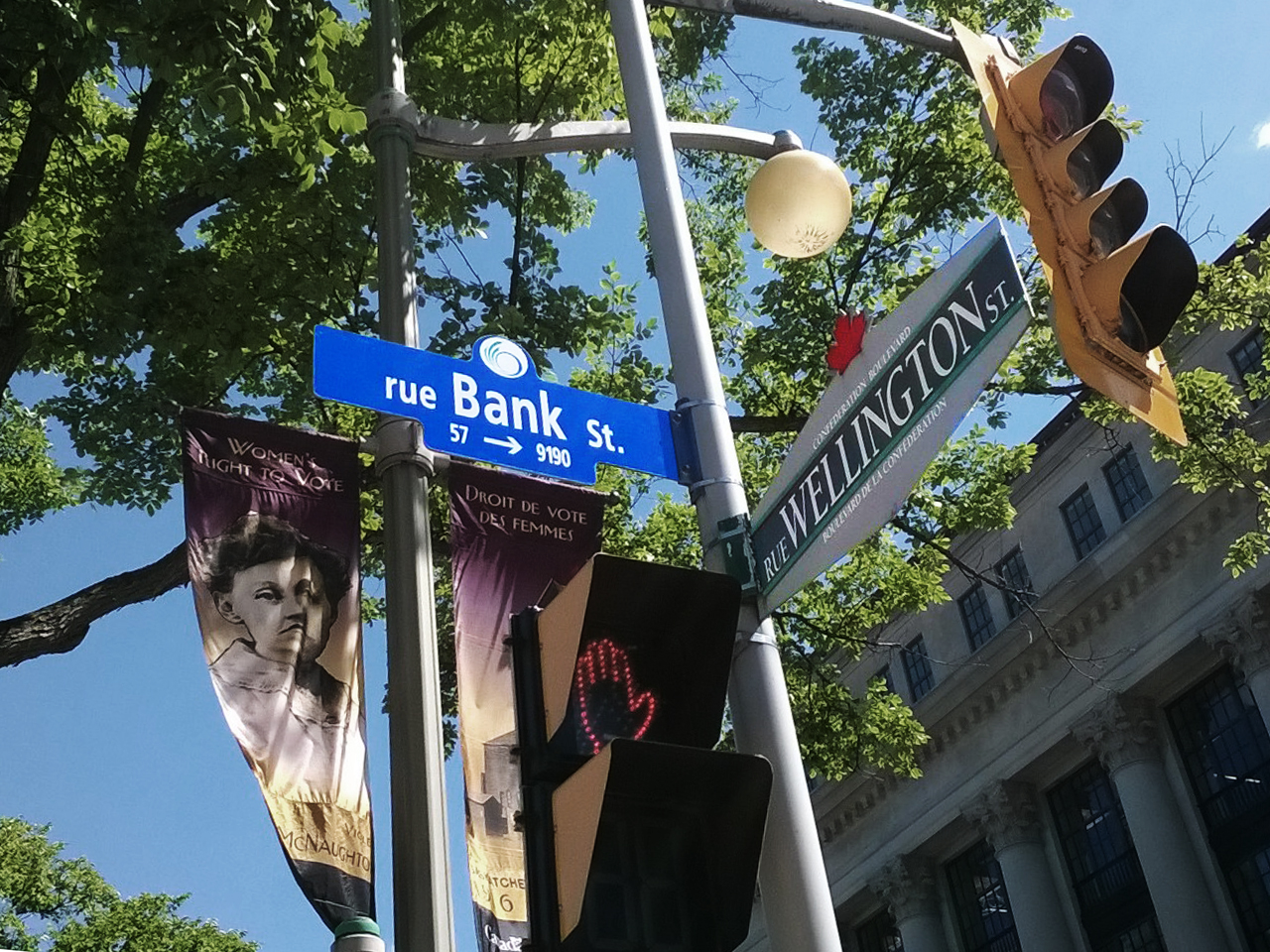Summer 2017
Ottawa’s own 2017 logo is seen all over the city.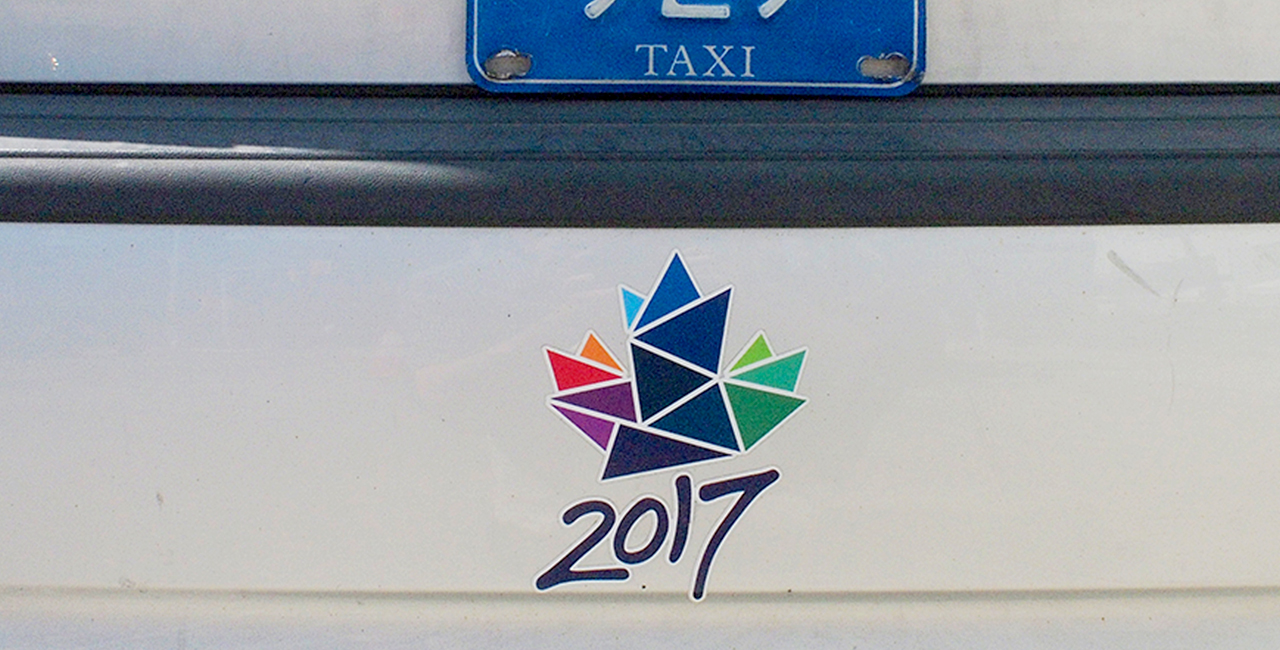
For anybody living in Ottawa, to be unaware that Canada will turn 150 years old on 1 July is like being unaware that the sun is up. Like a proud homeowner with company coming for dinner, the city is in a frenzy of construction to put its major infrastructure in ship‑shape before the celebrations begin. It seems the entire downtown is under construction. Serious traffic delays, closed thoroughfares and historic buildings covered in scaffolding are a given but we’re pretty confident it will all pay off in time—touch wood.
Also “under construction,” to various degrees, are four major museums in Ottawa: the Canadian Museum of History, the Canada Science and Technology Museum, the Canadian Museum of Nature and our very own Bank of Canada Museum. OK, we’re not sure that we bat in the same league as the other three institutions but we do have “national” aspirations. One thing is for sure, though: all four of us have every intention of opening our new galleries (or whole new museums!) to the public this year. The Museum of History is the only one audacious enough to have an online clock counting down to its new gallery opening, but I can honestly say that we are trying our very best to also open our doors to the public during the summer of 2017.
Aligning our schedule with the sesquicentennial is a great opportunity to jump onto a very noisy bandwagon of public events. Ottawa will be inundated with a tsunami of tourists next summer. When better to open our new museum then when we have a ready‑made audience of enthusiastic tourists visiting the immediate vicinity of our door step?
And we’re not the only ones at the Bank of Canada getting into the spirit of 2017. By the early spring, the Bank will have unveiled the design of our newest commemorative bank note. Slated to be in circulation in time for the Canada 150 events, it will, of course, be celebrating Confederation. The Museum will partner with the Bank’s Currency Department in a number of ways to promote this new note. Look to our blog pages for more information.
So how’s the Bank of Canada Museum progressing? Everything seems to be ticking along just fine, thanks. The Collections team has been working flat out to pull together a magnificent permanent exhibition from their vaults and drawers. This includes a series of collection “startifacts”—showpieces that act as ambassadors for each subject zone in the Museum, tying the artifacts to the exhibitions on the main floor. The team found something substantial to say about more than 100 of those artifacts, along with a few technical points about all 1,400 of them. The rest of the exhibition content is reaching the final stages of approval, and much of the final text has already been through its rigorous editing process. Also approved and well launched on the drawing boards are most of the exhibition designs, the interactive content and all the colours, materials, surfaces and lighting that make up the interior infrastructure.
And we now even have an address. “Wait, you didn’t have an address?!” Yes, that seems ridiculous but the Museum’s new entrance, though clearly part of the Bank of Canada’s head office complex, is half a city block from the Bank’s official address. If we published our address as 234 Wellington Street, we’d have some very annoyed visitors on our hands, if they ever arrived at all. So we went to Ottawa City Hall and got an address for our own doorway at Bank and Wellington Streets.
So where are you going to be this summer? Visiting Ottawa—at 30 Bank Street, of course.
The Museum Blog
Speculating on the piggy bank
By: Graham Iddon
New acquisitions—2024 edition
Money’s metaphors
Treaties, money and art
Rai: big money
By: Graham Iddon
Lessons from the Great Depression
By: Graham Iddon
Welcoming Newfoundland to Canada
By: David Bergeron

